Zikai Wang
Label-free Super-Resolution Microvessel Color Flow Imaging with Ultrasound
May 27, 2025

Abstract:We present phase subtraction imaging (PSI), a new spatial-temporal beamforming method that enables micrometer level resolution imaging of microvessels in live animals without labels, which are microbubbles in ultrasound super-resolution imaging. Subtraction of relative phase differences between consecutive frames beamformed with mismatched apodizations is used in PSI to overcome the diffraction limit. We validated this method by imaging both the mouse brain and rabbit kidney using different ultrasound probes and scanning machines.
QUADFormer: Learning-based Detection of Cyber Attacks in Quadrotor UAVs
Jun 02, 2024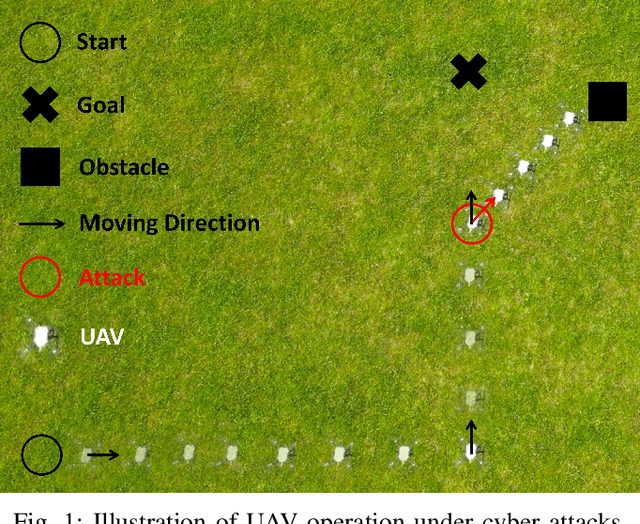
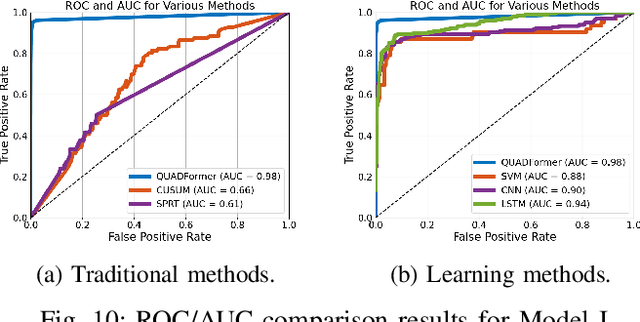
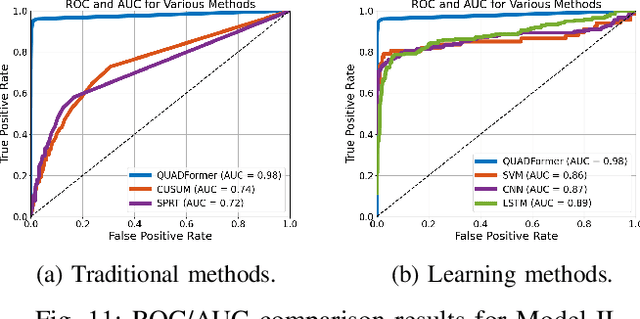

Abstract:Safety-critical intelligent cyber-physical systems, such as quadrotor unmanned aerial vehicles (UAVs), are vulnerable to different types of cyber attacks, and the absence of timely and accurate attack detection can lead to severe consequences. When UAVs are engaged in large outdoor maneuvering flights, their system constitutes highly nonlinear dynamics that include non-Gaussian noises. Therefore, the commonly employed traditional statistics-based and emerging learning-based attack detection methods do not yield satisfactory results. In response to the above challenges, we propose QUADFormer, a novel Quadrotor UAV Attack Detection framework with transFormer-based architecture. This framework includes a residue generator designed to generate a residue sequence sensitive to anomalies. Subsequently, this sequence is fed into a transformer structure with disparity in correlation to specifically learn its statistical characteristics for the purpose of classification and attack detection. Finally, we design an alert module to ensure the safe execution of tasks by UAVs under attack conditions. We conduct extensive simulations and real-world experiments, and the results show that our method has achieved superior detection performance compared with many state-of-the-art methods.
Role Engine Implementation for a Continuous and Collaborative Multi-Robot System
Jul 06, 2023Abstract:In situations involving teams of diverse robots, assigning appropriate roles to each robot and evaluating their performance is crucial. These roles define the specific characteristics of a robot within a given context. The stream actions exhibited by a robot based on its assigned role are referred to as the process role. Our research addresses the depiction of process roles using a multivariate probabilistic function. The main aim of this study is to develop a role engine for collaborative multi-robot systems and optimize the behavior of the robots. The role engine is designed to assign suitable roles to each robot, generate approximately optimal process roles, update them on time, and identify instances of robot malfunction or trigger replanning when necessary. The environment considered is dynamic, involving obstacles and other agents. The role engine operates hybrid, with central initiation and decentralized action, and assigns unlabeled roles to agents. We employ the Gaussian Process (GP) inference method to optimize process roles based on local constraints and constraints related to other agents. Furthermore, we propose an innovative approach that utilizes the environment's skeleton to address initialization and feasibility evaluation challenges. We successfully demonstrated the proposed approach's feasibility, and efficiency through simulation studies and real-world experiments involving diverse mobile robots.
HigeNet: A Highly Efficient Modeling for Long Sequence Time Series Prediction in AIOps
Nov 13, 2022



Abstract:Modern IT system operation demands the integration of system software and hardware metrics. As a result, it generates a massive amount of data, which can be potentially used to make data-driven operational decisions. In the basic form, the decision model needs to monitor a large set of machine data, such as CPU utilization, allocated memory, disk and network latency, and predicts the system metrics to prevent performance degradation. Nevertheless, building an effective prediction model in this scenario is rather challenging as the model has to accurately capture the long-range coupling dependency in the Multivariate Time-Series (MTS). Moreover, this model needs to have low computational complexity and can scale efficiently to the dimension of data available. In this paper, we propose a highly efficient model named HigeNet to predict the long-time sequence time series. We have deployed the HigeNet on production in the D-matrix platform. We also provide offline evaluations on several publicly available datasets as well as one online dataset to demonstrate the model's efficacy. The extensive experiments show that training time, resource usage and accuracy of the model are found to be significantly better than five state-of-the-art competing models.
Coverage Control for a Multi-robot Team with Heterogeneous Capabilities using Block Coordinate Descent Method
Apr 20, 2022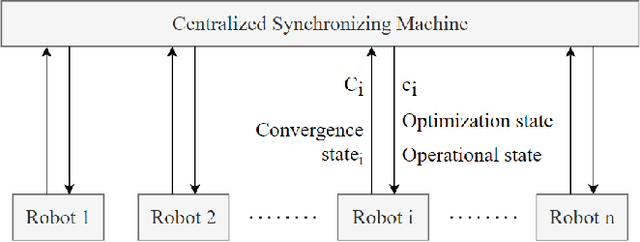


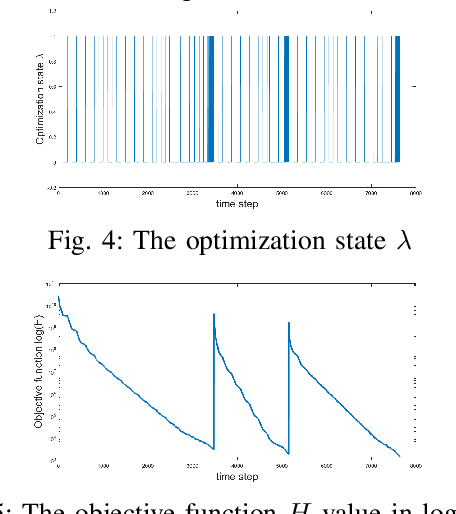
Abstract:In this paper, we propose a coverage control system for a multi-robot team with heterogeneous capabilities to patrol or monitor a bounded environment. The capability could be defined as any criterion of robots like remaining power or mobile speed, depending on the purpose. The proposed control system aims to allocate different portions of the environment to the robots according to their capabilities, i.e., the robot with higher capability takes a larger portion of the environment while the robot with lower capability takes a smaller one. We use the block coordinate descent (BCD) method to optimize the location of portions and the partitioning method alternately. A centralized machine is used to synchronize the robots and the gradient of each robot can be computed in a distributed manner. Simulation results are provided to illustrate the performance of the proposed control system.
 Add to Chrome
Add to Chrome Add to Firefox
Add to Firefox Add to Edge
Add to Edge